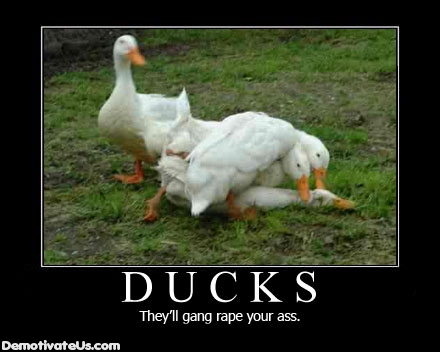free love in the animal kingdom
Like most women I have a keen interest in trying to understanding the dynamics of romantic relationships. I have never been particularly lucky in love and in trying to understand the reason for this have dedicated thousands, probably millions, of hours analysing, tearing apart, and seeking desperately to figure out what it is that makes for a lasting, nurturing, and healthy human relationship. As a University student I took a class by evolutionary psychologist Dr. Dave P Barash, author of “The Myth of Monogamy.” Dr. Barash’s class was one of my very favourites over the course of my degree but despite how much I enjoyed it, I did not enjoy the fact that it obliterated any hope I had for discovering in the animal kingdom an example of untarnished, fully-requited, monogamous love.
We’ve all heard stories of animals that “mate for life” – lobsters, swans, ducks, etc (check out “ducks, heartless rapists or evolutionary geniuses” if you are interested in a gigantic rant on this subject). The fact of the matter, though, is that of even the animals who form the strongest pair bonds, there are only a few examples of animals who have not been found to sneak away every once and a while to cheat – to form “EPC’s” or “extra pair copulations”. I learned from Dr. Barash, in fact, that the only species that we know for sure is fully monogamous is a species of tape worm that, at the time of sexual maturity, fuses its genitals to its mate. I suppose the praying mantis could also be considered monogamous as infidelity isn’t possible in a society where females eat the heads of their partners as a post coitus snack – to call that monogamy, though, seems a pretty desperate stretch.
If the quest is to understand human males, I suppose we have to look to primates, our closest relative being of course, the chimpanzee. In primates, interestingly enough, promiscuity of females can be predicted by looking at the testicle size of the males. Chimps have giant balls, the biggest of any primate and twice the size of the average man. To see what I mean, have a look at this post on DailyRandom.
They use these giant balls to produce in excess enough semen to flush out the lingering semen of any males to which their partners may have recently mated. In essence, male chimps have big balls because female chimps are whores. Ouch. To be fair, the males are whores, too though. In fact, chimpanzee society is reminiscent of 1960s style Haight Ashbury free love and males will stop nothing short of screwing a frog for the sake of a decent orgasm (look this up on YouTube if you feel the need to be disturbed for the rest of your life.) As human’s closest living relative, the love lives of chimps have done nothing to give me faith in the possibility of a future loyal and loving partner.
I was relieved slightly to find out about gorillas, a species whose testicles are microscopic in comparison to chimps and whose manhoods swell to a throbbing 1.5 inches in preparation for coitus. Their societies participate in a harem structure centred around a dominant male. The females tend to be extremely loyal and as a result, the male has no need for excessive genatalia. This is by no mean an example of monogamy but it is at least a stable and reliable social structure whereby the females are loyal to their partner and are in return, cared for.
Humans are about mid ranking across the primate testicle spectrum which suggests that our females have a tendency toward fidelity but that males still require a respectable volume of semen to flush out their women on the off chance that they have been acting lately more like a chimps than gorillas. There is significant variation, though, in testicle size amongst individuals of our humble species with some falling more toward the chimpanzee end of the spectrum and others toward the gorilla. Could it be that perhaps those men with large balls come from a genetic lineage of men who would be attracted to more promiscuous women and who, like chimps, would tend to be promiscuous, themselves? And could it be that men of smaller bits and pieces would tend to, like gorillas, attract more loyal women – or perhaps entire harems of loyal women?
Hmmm…
This would be a perfect campfire disucssion!


